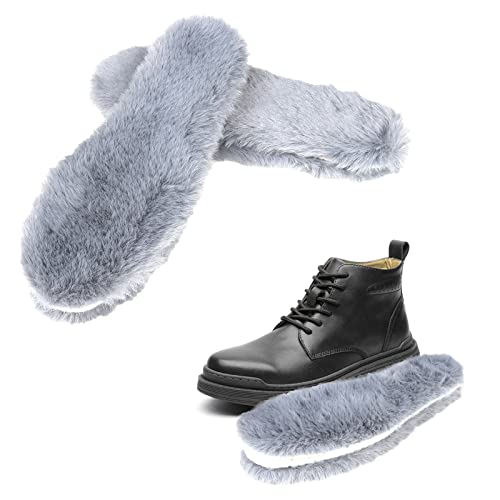Zass":2uszg2s9 said:
A lot of the veterinary websites claim it's totally "curable", trying to get people to believe that feeding an animal antibiotics for the extent of it's lifespan a "cure". I'm sure it's highly PROFITABLE for vets, but no, not CURABLE.
I drove 4 hours away to pick up a pair of English angoras (they were asking $100-$150 each), only to see their noses and eyes just oozing with white snot.
The owner didn't dare face me, I think, because she left her teenage kids there to sell them to me, of course, kids that didn't know anything about the rabbits.
I almost cried, cause I couldn't justify spending $250+ dollars on animals just to put them out of their misery. But I hated leaving them there In that sorry of shape. The poor things. I feel BAD for anyone who bought those rabbits.
In reverse order:
2) I'm so sorry you drove all that way, only to find very sick rabbits. But I commend your strength of character in *not* taking them into your possession and agree with you that the owner didn't dare face you--she knew what was going on. :angry:
1) Most vets deal with a clientele whose rabbits are pets only. These pet rabbits might have one rabbit companion at most. Under these circumstances, yes, a disease can be "curable": it poses no threat (so long as it's under pharmaceutical management) to a(nother) rabbit, and the affected rabbit won't die prematurely.
However, the vast majority of members of this board are
not "pet rabbit" people. Heck, for all I know, I might be the only one, and even I am making use of my rabbit as a garden assistant (he eats some of my weeds and overgrown veggie plants, and he provides me with incredible fertilizer). For people who utilize larger numbers of rabbits, e.g., as a food source for their family or a fiber source for others as well as themselves (several Angoras, at least), this kind of disease strikes not only at the affected rabbit but at the entire herd/flock/collection of rabbits. Two lines of thought, I think, make the overwhelming majority of members of RT view pasteurella as the kiss of death:
--the contagion to the rest of the animals and the extreme expense of veterinary care for so many rabbits, and/or
--the commitment, as stated above, to antibiotic-free meat, which commitment would make veterinary treatment of pasteurella contrary to a family's philosophy regarding the suitability of food for their table.
I will say this, though: without this board, I would never have considered the potential threat a second rabbit might pose to Parsley Graybuns. I would have (should such a rabbit appear on the horizon) willy-nilly put the second rabbit into the same room with him, in an adjoining ex-pen or cage, whichever seemed more suitable. And then I could have lost both of them, if the second rabbit proved to have a contagious illness.
Now, however, when/if a second rabbit appears, I'll keep her (probably "her") in a completely different part of the house for 30 or perhaps 45 days before introducing the two of them. I'll feed him first, wash my hands, feed her second, and wash my hands again.
I'm so sorry for the OP, though, who appears to be facing a dreadful situation.































